Secrets of growing bonsai from spruce
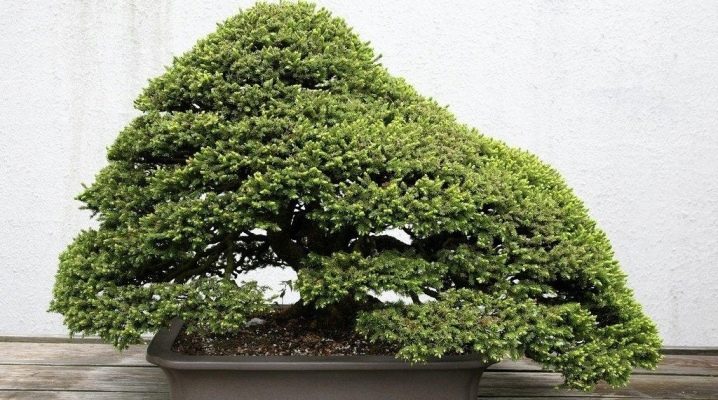
The ancient art of growing bonsai in flower pots, which originated in China, then developed in Japan, from where it began its march around the rest of the world. Decorative trees were presented as expensive gifts, became objects of collectibles and more and more gained popularity among amateur flower growers. Despite the fact that indoor trees are capricious to care for and difficult to grow, thousands of fans around the world are learning the art of bonsai.
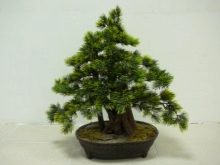
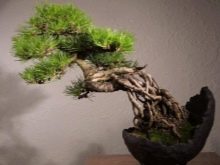
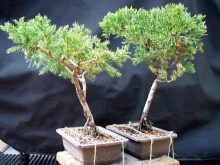
Features and types
You can grow bonsai from trees of any kind, but conifers look especially beautiful. The best species for creating coniferous bonsai are spruce, thuja, pine and juniper. There are more than 10 main styles of tree formation, each of which has its own meaning. But no matter how beautiful a bonsai from a coniferous tree is, it is difficult to grow and care for it, therefore, it is not recommended for a beginner to create such a work of art.
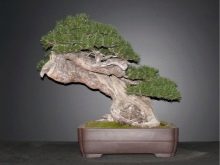
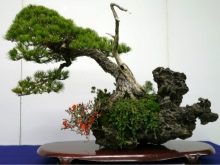
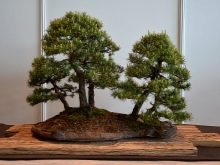
To create bonsai from spruce, these types are used.
- Norway spruce. A cone-shaped tree often used as a New Year's home decoration.
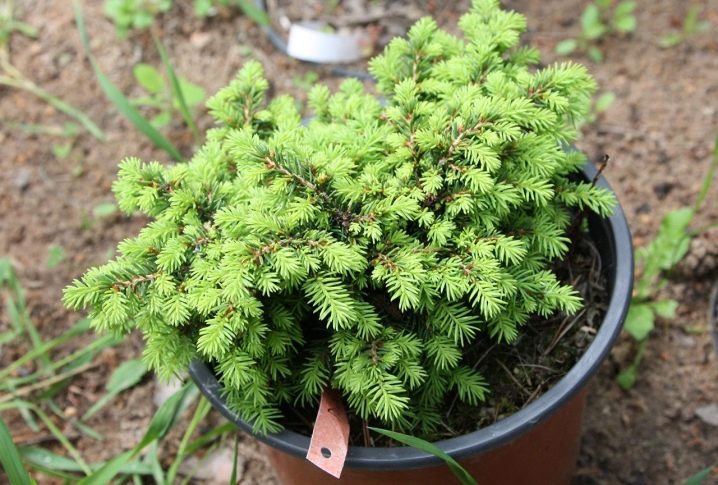
- Blue spruce (gray or Colorado). Known for the bluish-green or blue color of the needles, the spruce has a narrow-conical shape in its youth, and the adult tree takes on a cylindrical shape.

- Spruce Glauka Konik. The miniature spruce is famous for its beautiful conical crown shape and dense small needles.

- Canadian spruce. The beautiful blue-green above and blue-white below the spruce is the progenitor of the Glauka Konik spruce.
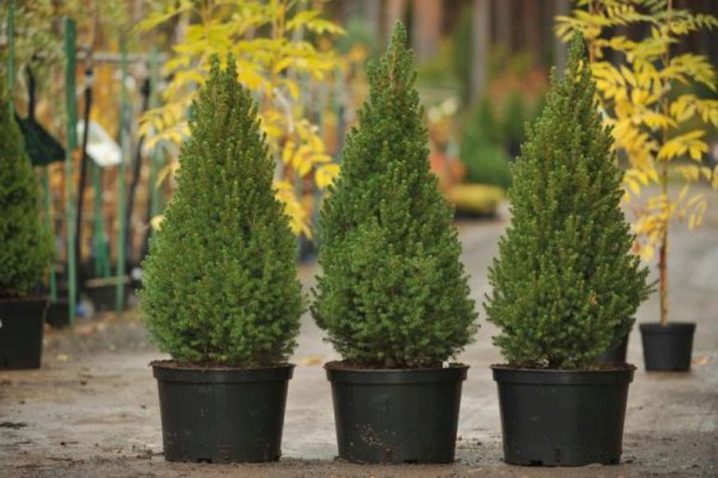
Making Spruce Bonsai
You can grow a dwarf tree from an ordinary spruce seedling taken in the wild or purchased from specialized nurseries. But finding the right species of the right age is very difficult, so bonsai masters create their compositions from trees grown from seeds. Before planting, the seeds undergo a special treatment that disinfects and accelerates the germination process. To do this, you need to place the seeds of the ate for 24 hours in a weak solution of potassium permanganate. Soak the next day in clean water.

Plant seeds in a peat-sand mixture with the addition of coniferous humus to a depth of 15 mm, moisten well and cover with foil. The distance between the sown seeds should be at least 4 cm. The optimum temperature for germination does not exceed 20 ° C. The first shoots may appear in a couple of weeks. When all the seeds have sprouted, select and leave the strongest seedlings at a distance of at least 75 mm from each other.
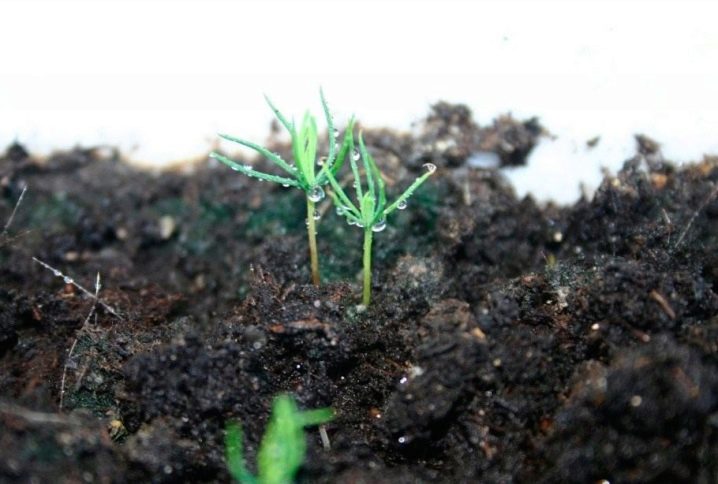
Leaving only one sprout is not recommended, since the spruce has a peculiarity: by the third year of life, 50% of the seedlings die.
Caring for seedlings, you must:
- withstand temperatures in the range of 13-15 ° C;
- replace watering by spraying seedlings with water 2 times a day;
- keep away from direct sunlight.
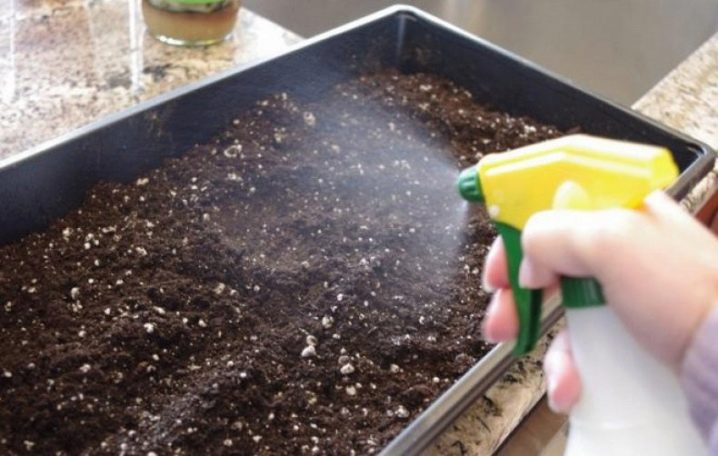
Tender spruce shoots are not resistant to diseases, especially to root rot, so it is important to treat the plant with fungicides. When the plant reaches a height of 0.1 m, they begin to form a crown. The shape of an adult plant is planned in advance and corresponds to the desire of the author of the idea. To form a tree, pinching of growth points is used, pruning and pulling off branches with copper or aluminum wire, setting the direction of growth.
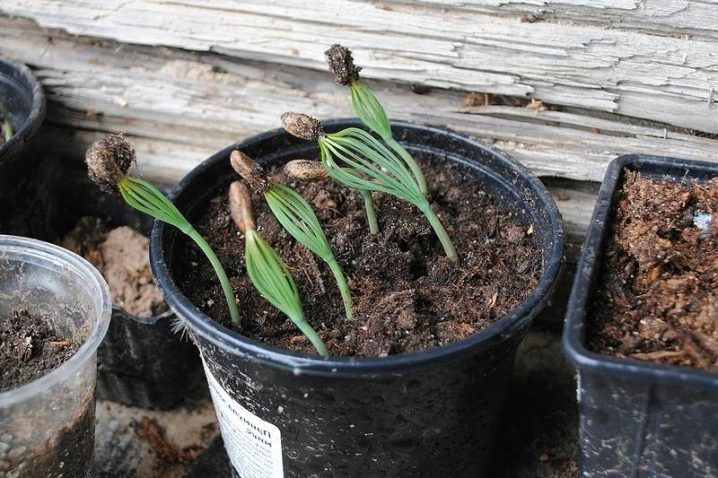
A year later, the seedlings are transplanted for the first time. It is best to do a transplant in early spring, before the start of active sap flow.Young seedlings are carefully removed from the soil, trying not to damage the roots, the spoiled ones are removed and transplanted into separate pots. It is advisable to add soil from under coniferous trees to the soil for transplanting. Water the seedlings once a week in the summer. Mineral dressing is applied once a year in the spring.
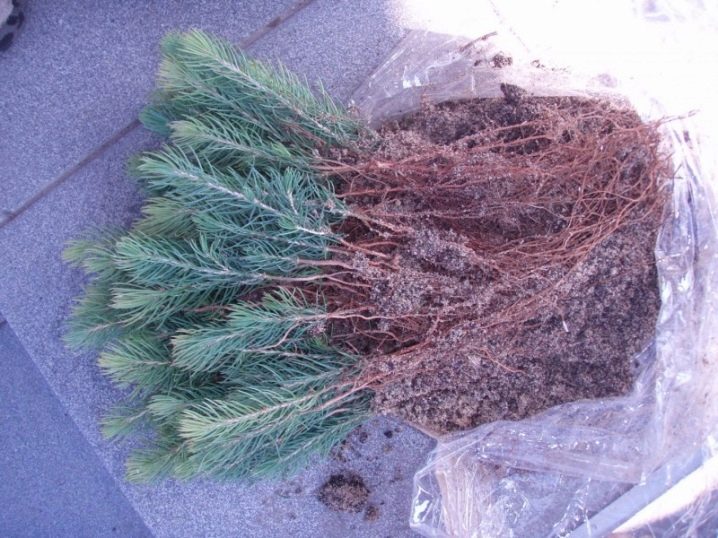
When the seedlings reach the age of three, they are transplanted into a special bowl - a bonsai. Such a flowerpot is chosen taking into account the appearance of an adult plant and the color scheme, since it is an important component of the future composition. The bowl should be shallow, with openings for excess water, covered with shards, and easy to maintain. The soil for planting is selected in accordance with the type of plant, and moss is often laid out around the planted sprout, imitating grass and maintaining the necessary soil moisture.

Mature plants are replanted every 2 years.
Care
When the bonsai takes root in the chosen pot, it is necessary to continue the formation of the crown. This will have to be done throughout the life of the dwarf tree, since the growth process of the plant never stops. In addition to cutting off excess branches, pulling off young soft branches, pinching the apical bud and peeling off the bark to age the tree are used.
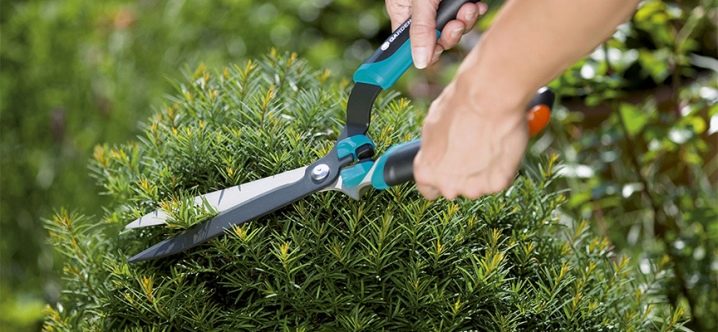
To keep the bonsai decorative and pleasing with a neat look, once a year in the spring, they make a thorough pruning of the tree.removing excess and dried branches. Cutting points of thick branches must be treated with garden varnish to prevent disease. The rest of the time, you need to remove only those branches that violate the structure of the composition.
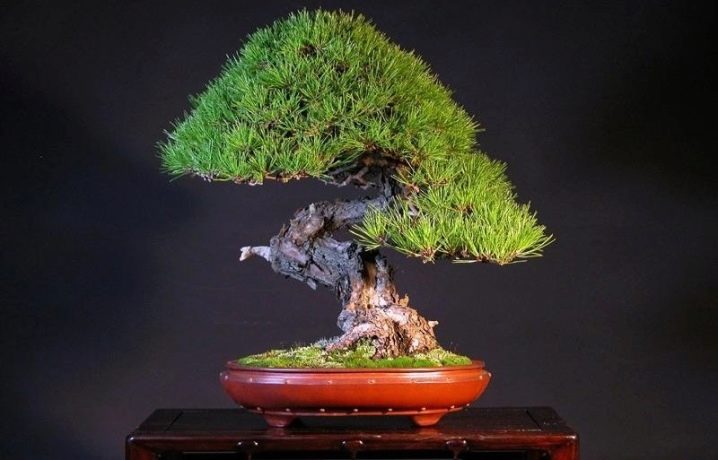
When removing branches, it is important to remember the rule: if you remove too many branches and needles, the tree may die.
Water the adult plant as needed, checking the dryness of the soil inside the pot. Since the container for the life of the tree is small, and the soil in it is relatively small, for good growth and development, bonsai must be regularly fed with special fertilizers, which may differ in composition for different species.

Proper lighting is essential to maintain a decorative composition. Ateers prefer diffused sunlight for most of the daytime year-round. Under improper lighting, bonsai from the noble blue spruce can lose their extraordinary color and lose their uniqueness.
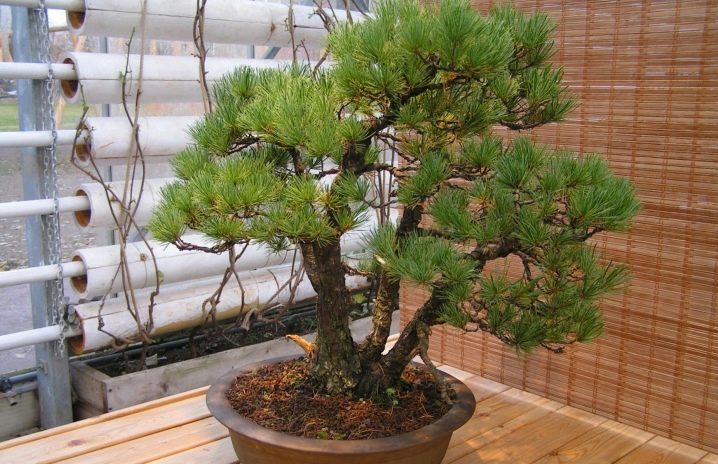
Dwarf conifers, like their full-fledged cousins, go into hibernation in winter, reducing their vital activity. Such specimens prefer to winter in the cold, since they are hot in the apartment and there is not enough moisture in the air. The owners of dwarf spruce trees put their pots with a tree on the balcony or arrange them in the garden. If this is not done, the bonsai may die.

For information on how to plant pine bonsai, see the video below.































The comment was sent successfully.